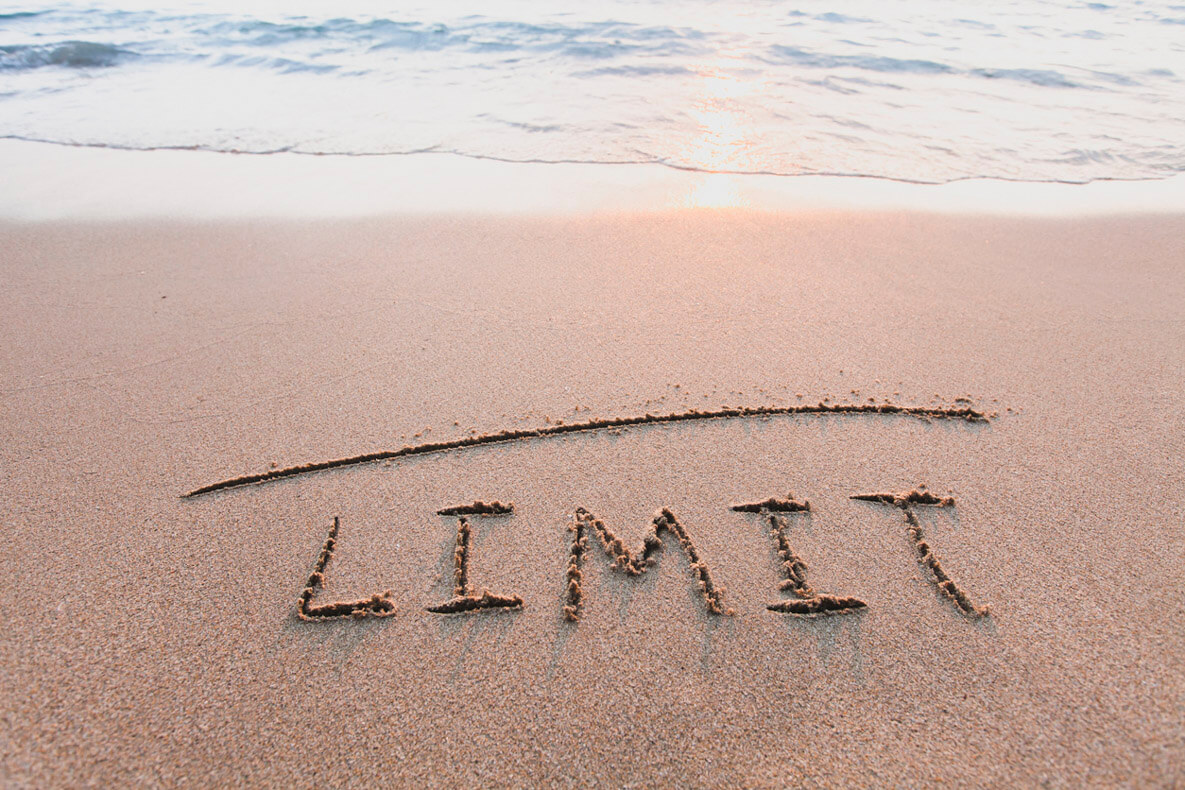
This information is from Harvard Law School’s program on negotiation. It was included in a blog written by Katie Shonk, but I’m totally paraphrasing it since I don’t have a Harvard Law Degree and she used a few million dollar words 🙂
The first strategy that Katie Shonk discussed is the need to recognize that we are often biased in conflict. Which makes sense once you step back and think about it from an objective perspective. In the heat of the moment we often cannot fathom the perspective of the other person (or people) in the conflict. We are so convinced that we are “right” and the other person is “wrong.” That mentality often causes us to allow those emotions to drive our behavior and it takes a great deal of self management to affirm our own emotions and to make conscious choices about how to use our behavior in these situations. Especially choosing behavior that will not continue to escalate the situation.
Ms. Shonk then spoke about not escalating the situation with threats or provocative moves. As I read her summary of this strategy I was taken back to my childhood remembering times that my mom would threaten to pull the car over and make me walk the rest of the way home if I was being argumentative. (Although, to be fair, my mom once did actually pull the car over and I got out to walk, but that’s a story for a different blog!) Regardless, I believe all of us can think back to a time when we made some sort of a rash threat in an effort to emphasize our point or to elevate our position. Those threats are ineffective and often put up barriers in the interaction (I’m having flashbacks of ending such a rash threat with the other person saying, “fine” which then prompted me to say an even louder “fine” of my own. Totally ineffective.). Again, it comes back to affirming those emotions and making choices about our behavior.
Thirdly is the need to resist the mentality of “us vs. them.” Drawing that hard line in the sand can make resolution that much more difficult. Katie Shonk talked specifically about trying to find common ground with those you are experiencing conflict. Again, this can be much more difficult than it sounds. When our emotions are elevated it can be near impossible to try to find that commonality. It is so easy to assume that my way is the “right” way and that anyone who might disagree with me are on the “wrong” side. It definitely promotes the us vs. them mentality. Try to take that deep breath. Try to listen more than you are talking. Try to pick out even just a single thread of common ground on which more can be built.
The fourth point that Ms. Shonk brought up is basically the need to dig a little deeper. Sometimes conflict presents itself because we have actually failed to address other conflicts in this relationship and those conflicts have just built up over time. We teach about the need to address conflict as soon as we recognize that it is present in our relationships. However, most people will avoid conflict due to fear – fear of the outcome, fear of the response, fear of our ability to adequately communicate our concerns, etc. But, left unchecked all that conflict will just build up and build up until it finally boils over. But whatever that proverbial last straw is, most likely there are other issues at play. Dig deep to resolve all the conflict. Left unchecked, unresolved conflict can continue to be a strain on our relationships and will lend itself to even more potential for conflict.
Finally, Katie Shonk talked of “sacred and pseudo sacred issues.” Essentially, that boils down to a perception that our core values are in jeopardy. Those core values are non negotiable in our minds – thus the tendency to dig in our heels and rationalize that we are “right” and the others are “wrong.” However, it is possible that the situation is actually “pseudo sacred” meaning that if we explore the perspective of others we might actually find that our core values are not in jeopardy. It also opens the door for the possibility of resolution. Again, it takes a great deal of effort to affirm your emotions in those situations and make conscious choices about how to use our behavior.
From my perspective, the big takeaway continues to be the need for people to affirm how they feel in situations and to know that whatever feelings they have, those are valid feelings. The difficult part is to know how we feel but still be able to make a choice about how we are going to use our own behavior as we interact with a person we perceive to be on the “other side” of the issue.
What are some effective strategies you have found for resolving conflict? We’d love to hear from you! nikki@mandtsystyem.com
Nikki Wince – Mandt Faculty Supervisor



